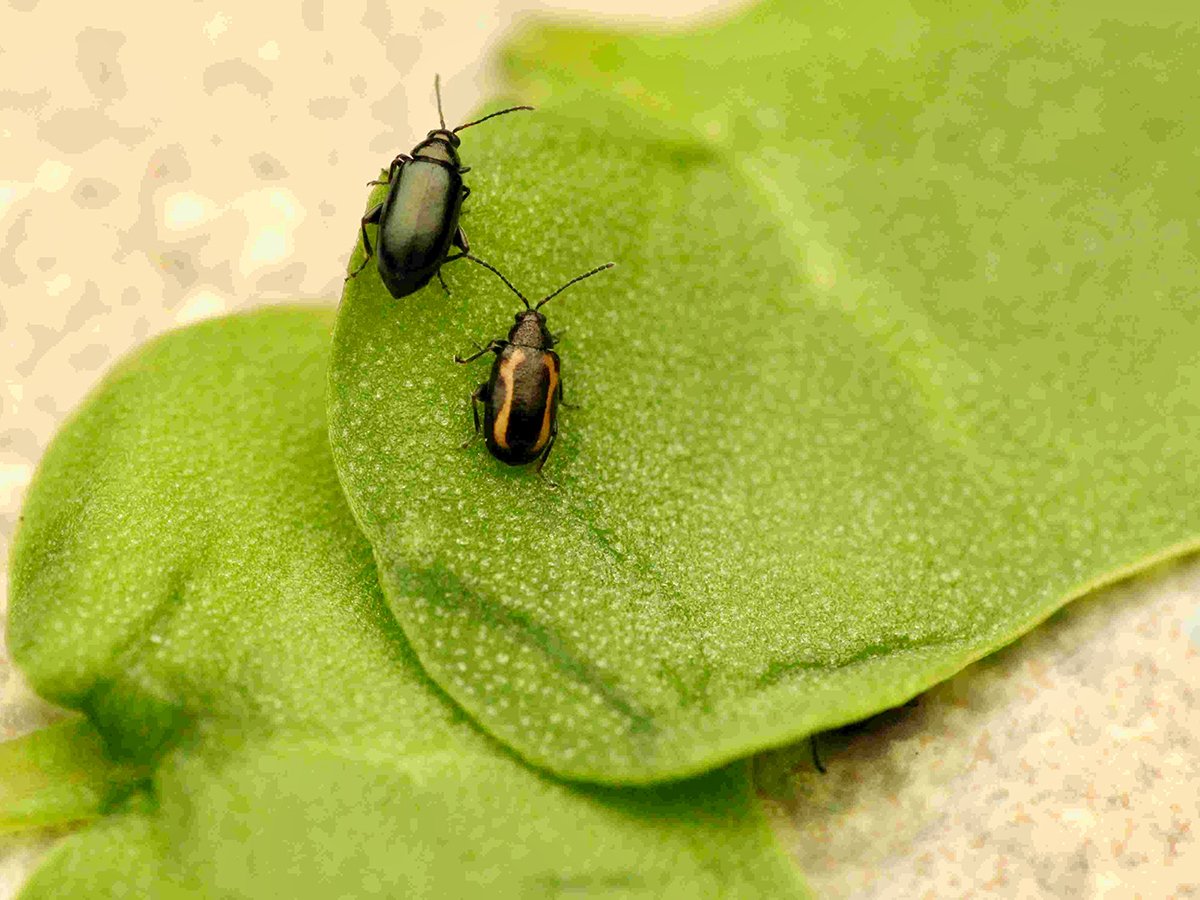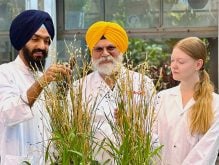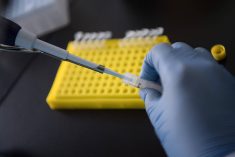Regulatory bodies around the world give the technology the green light, but how the public responds remains uncertain
WINNIPEG — “Uncertain” is a good way to describes how China, India and other food importing nations could respond to gene edited crops from Canada.
Globally, the regulatory situation looks hopeful, said Krista Thomas, vice-president of trade policy and seed innovation with the Canada Grains Council.
But in many cases the regulations for gene edited plants are untested.
Read Also

Research looks to control flea beetles with RNAi
A Vancouver agri-tech company wants to give canola growers another weapon in the never-ending battle against flea beetles.
“Most countries that have put in place rules … for gene-edited products have confirmed that (they) are not GMOs,” said Thomas, who spoke at a plant technology conference in England in late May.
“(But) some of our key export markets still have some uncertainty attached to them.”
Gene editing is a relatively new technology that allows scientists to precisely cut and delete sections of DNA.
Canada has decided that gene edited crops will be regulated more like conventional plant breeding, provided the plant doesn’t contain foreign DNA.
The United States, Australia, Japan, Argentina and other countries are also moving forward with gene-edited crops.
India has adopted rules similar to Canada, but the situation in China is “vague,” Thomas said.
“It does fall under the GMO umbrella (of regulations), but it does indicate that gene edited plants will have a faster and lighter regulatory process.”
In five cases, China’s government has approved gene-edited products that were developed in China. It’s hopeful that Chinese scientists are using the technology because it should help with consumer trust within the country.
But how China and India will respond to a gene-edited wheat or lentil developed in another country remains a mystery.
“We won’t really know how these (regulatory) systems are going to work until some products go through (the system),” Thomas said.
The approval of gene-edited crops in critical export markets for Canada should be simpler than transgenic crops. However, global issues around food, trade and protectionism are not going away.
“There’s always a risk of any country using seed innovation as a non-tariff (trade) barrier,” Thomas said.
Regulations are one thing, but consumer acceptance is also critical.
Some experts, such as Kevin Folta, believe the sales pitch will be easier with gene editing because it can help with human health.
Last year, the U.S. Food and Drug Administration approved gene editing to treat sickle cell disease, a rare, genetic mutation that causes red blood cells to develop a crescent or “sickle” shape.
The misshapen cells restrict flow in blood vessels and limit oxygen delivery to the body’s tissues, causing severe pain and damage to organs.
“Gene therapy holds the promise of delivering more targeted and effective treatments, especially for individuals with rare diseases where the current treatment options are limited,” Nicole Verdun of the FDA said in a news release.
That sort of medical innovation will have a big influence on public perceptions, said Folta, a University of Florida plant scientist.
“I think you’ll see a very strong acceptance of these technologies.”
Thomas is less convinced.
“It’s just my personal opinion … but people think about food differently than health care,” she said.
“It’s true that gene editing offers a lot of promise for curing certain medical conditions. I don’t really know if that’s going to help with consumer acceptance.”
What could help is using the technology in a way that makes sense for Joe Public, Thomas said.
An example could be a gene-edited wheat crop that is free of gluten.
“Demonstrating a clear benefit for consumers is what’s going to make the difference.”
Contact robert.arnason@producer.com


















